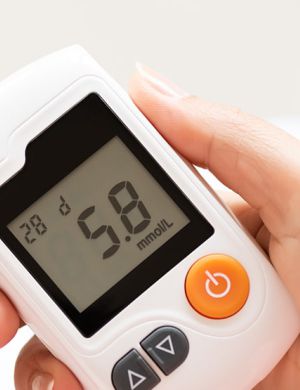
MHRA Guidance on the use of Real-World Data in Clinical Studies to Support Regulatory Decisions
electronic health records (EHR) and disease or patient registries. These data, referred to as Real World Data (RWD), are gathered from patients in their everyday lives rather than in clinical trial settings. When analyzed, this data forms Real-World Evidence (RWE), which is increasingly used in clinical research.
In addition, digital health technologies like sensors, wearables, ingestible devices, and implantable devices can contribute to collecting health-related data.
The MHRA is developing a series of guidelines designed to assist sponsors planning to use RWD in clinical research to support regulatory decisions. These guidelines help design studies that will provide robust evidence to support regulatory actions. The guidelines are applicable to studies conducted across various geographical locations.
Key Considerations Before Submitting a Study Protocol
- **Data Source for Recruitment**: Will the database serve as the primary source of population recruitment, or will it be used in conjunction with other data sources?
- **Population Size and Representativeness**: Does the database encompass an appropriate population in terms of size, coverage, and representativeness?
- **Statistical Power**: It is recommended that statistical power calculations be conducted to ensure the sample size is sufficient to detect clinically significant treatment effects.
- **Baseline Characteristics**: Are important baseline characteristics regularly measured and kept up to date?
- **Capturing Study Variables**: Will the database consistently capture necessary interventions, outcomes, and other study variables in sufficient detail and without bias? If not, how will the data from additional sources be integrated into the study? Sponsors are advised to conduct an observational feasibility study to confirm the adequacy of data capture before initiating an RWD study.
- **Handling Changes in Data Collection**: How will changes in data collection (e.g., patient transitions between healthcare professionals or changes in coding systems) be addressed during the study period?
- **Interoperability Across Health Systems**: How will potential interoperability issues between healthcare systems within the UK or internationally be managed? The use of common data models and methods to harmonize data across centers and countries is recommended.
- **Timeliness of Data Availability**: Is the timeframe between the occurrence of events and the availability of data suitable for the study’s needs? If adverse events are being monitored, what impact will the timing of data availability have on the database’s suitability?
- **Linking Databases to Additional Data**: How will the database be linked to other data sources for the study? Is the proposed linkage method reliable and has it been validated for the intended study population?
- **Privacy and Security**: What privacy and security measures govern the use of the database, including restrictions on transfer, storage, and publication of data?
- **Data Quality Checks**: What quality assurance measures are implemented by the data controller, and what additional checks will be required for the study?
General Principles
It is essential that data quality, assurance, and management oversight are maintained throughout the study.
The data quality processes should be outlined in the study protocol and thoroughly validated to ensure they are fit for purpose. These processes must ensure that all data is accurately recorded, handled, and stored to allow for correct reporting and interpretation.
Data must meet the specifications set by the sponsor to support the study requirements. This ensures that only expected data files are included and that all data elements are structured according to agreed standards.
Inspection
MHRA inspections primarily follow a risk-based compliance approach and may be either systems-based or study-specific. Inspectors collaborate with assessors to select studies for inspection based on various factors, including areas of interest such as ePROs (electronic patient-reported outcomes) or novel interventions.
The inspection process may also involve reviewing systems and processes for overseeing RWD suppliers and managing RWD data. Areas of particular focus may include randomization methods, data management, Investigational Medicinal Product (IMP) handling, safety reporting, and sponsor oversight. Ensuring the integrity of reported data is a common focus of any inspection, particularly when databases are used to collect study data.cus of any inspection, particularly when databases are used to collect study data.
Don’t miss out! Click here to stay in touch.
Categories
- Biopharma (58)
- Consumer Health (21)
- Cosmetics (11)
- Diagnostics (5)
- Digital Health (8)
- Food (2)
- Medical Device (112)
- OTC (5)
- Regulatory Intelligence (13)
- Standards (41)
Recent Blogs
Get the latest updates from Vistaar

CONNECT WITH US

Let's talk about how Vistaar can help you




